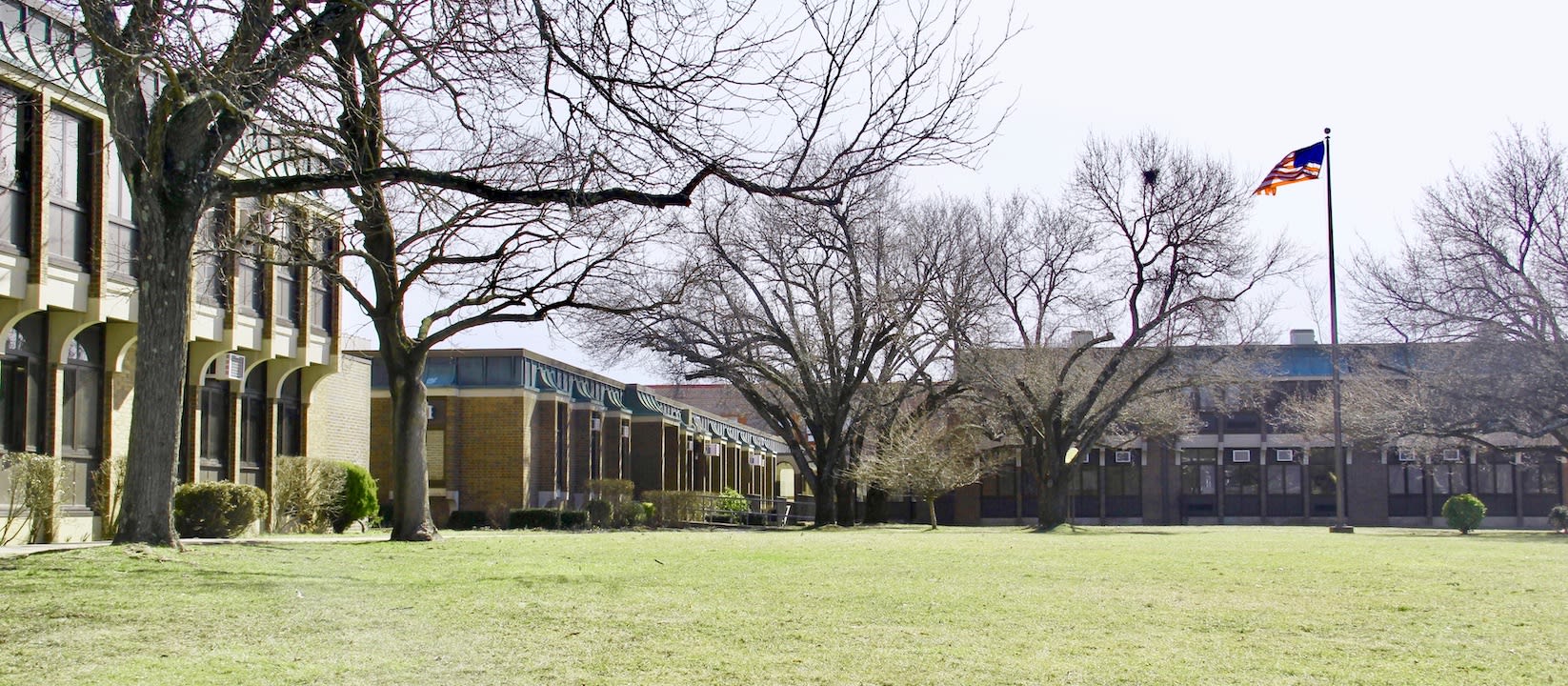By Pam Hersh
I was supposed to write about COVID’s one-year anniversary, an event that received an overwhelming amount of attention all over the world. The media coverage yielded no wishes for many happy returns, only prayers for never, ever returning.
My brain refused to cooperate. It was numbed by words I never want to use again from the past year – “unprecedented,” “tragic,” “overwhelming,” “new normal,” “out of an abundance of caution,” “traumatized,” by “looking backward” and “anxiety ridden” about going forward. My psyche fought sinking further into the deep hole of depressing COVID-related topics or their very close angst-producing relatives, such as politics and race.
Instead, I found a delightfully non-apocalyptic topic to discuss – the naming of Princeton’s middle school. The topic certainly is related to race, but in a way that inspires hope for the future, an emotion that lay dormant in me for a year.
For those whose cocoon of isolation prevented them from knowing what happened at the John Witherspoon Middle School, here is a brief summary. Princeton’s middle school, where my kids each spent three surprisingly happy years (those ‘tween and early teen years are often characterized by misery), was once called the John Witherspoon Middle School, named after Presbyterian Minister John Witherspoon, a signer of the Declaration of Independence, a Princeton University president (the sixth), a slave owner, and an unapologetic supporter of slavery. The Princeton Board of Education decided that celebrating a slavery advocate was a bad idea and voted to have the John Witherspoon name dropped from the middle school’s title. This left the challenge of what to call the school.
It was christened with a temporary name: Princeton Unified Middle School, which sounds to me like a church, and whose acronym PUMS sounds like an anti-acid. The administration then launched a name selection process that reflected the highest standards of democratic electoral principles (no one has challenged the legitimacy of this election), and included an unsparingly honest education about Princeton’s political, social and racial history.
I applaud the middle school principal and the Board of Education and the students for their diligent efforts. It has been very gratifying to see that my COVID-addled brain is able to focus on something other than COVID.
The students came up with the semi-finalist list: Albert Einstein, Elizabeth Stockton, John Lewis, Michele Obama, Ruth Bader Ginsberg, Nanticoke Lenni-Lenape Nation, Paul Robeson, Shirley Satterfield – or the generic Princeton Community School, Walnut Lane Middle School. It was suggested that naming the various corridors in the school could honor the individuals mentioned above, if one were to go with the generic title for the school.
The school administration has invited all residents of Princeton to cast a vote for a new middle school name on its website, www.princetonk12.org
My standards for such an honor are simple – living and local and beloved. Since all of us have put so much time and emotion into staying alive this past year, I would suggest that the school’s name should celebrate a life of someone who is alive rather than deceased. I have long advocated for letting people know how much we honor and respect them before their funeral. I also would go local and choose a member of the community who has dedicated their life to enhancing and in some cases transforming the lives of others. Thus, Shirley Satterfield stands out, as would several others not on the list, such as Ingrid Reed, who has spent her entire professional and volunteer careers educating others about our democratic process. I hope at minimum she wins a corridor.
And if we were going to go with a generic name, how about one that honors this “unprecedented era” (sorry, readers) that has so dominated the lives of the students. Maybe we should consider: “Healthcare Heroes Middle School,” or “Frontline Workers Middle School,” honoring all those healthcare, emergency, public safety, grocery store, retail and delivery service employees, who put their lives on the line so the rest of us could survive.
And even if my suggestions fail to gain any traction, I vote for putting names on every corridor and classroom in the building. We could honor as many community heroes as possible, living and deceased, with explanations about their respective roles in the Princeton community – and in some cases the world community.
And then I suggest graduating this initiative to the corridors and classrooms of the high school and continue to decorate with more names of renowned community activists. Now that would be an inspiring and productive new normal.

